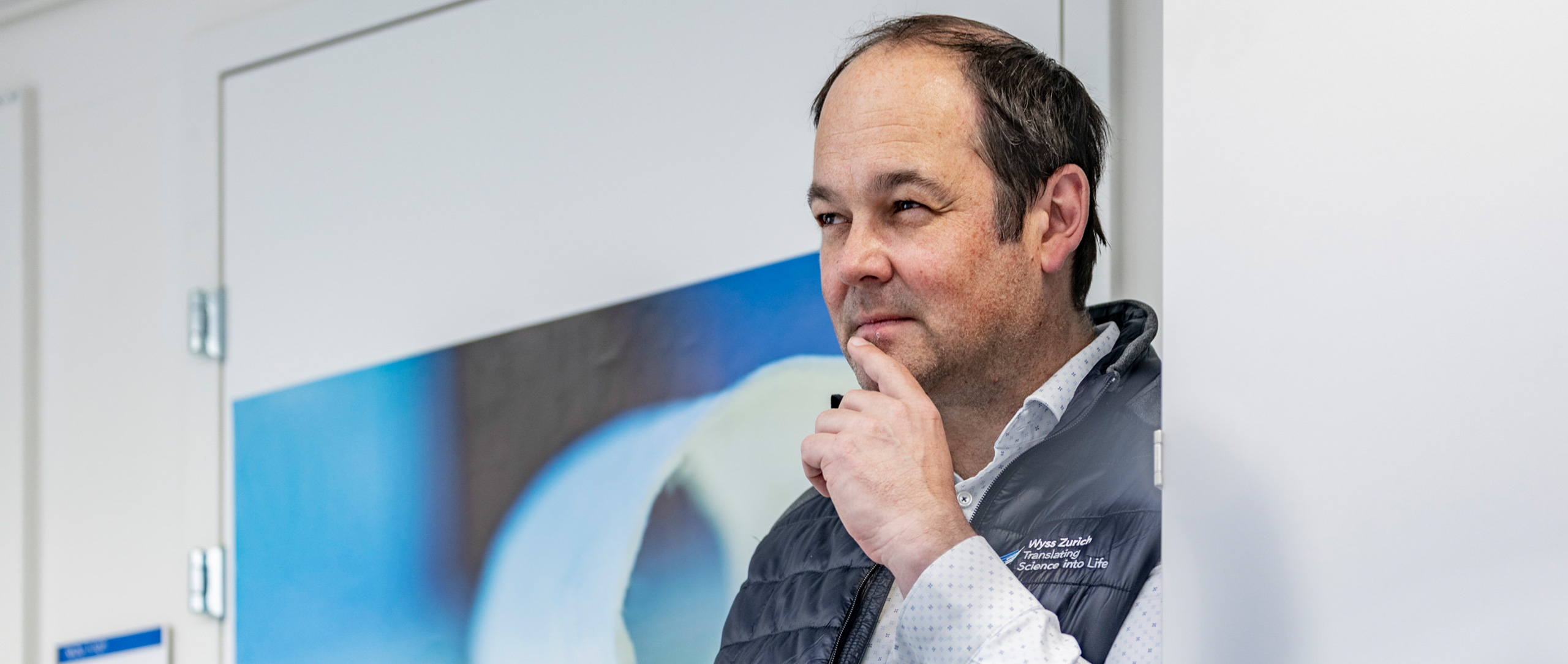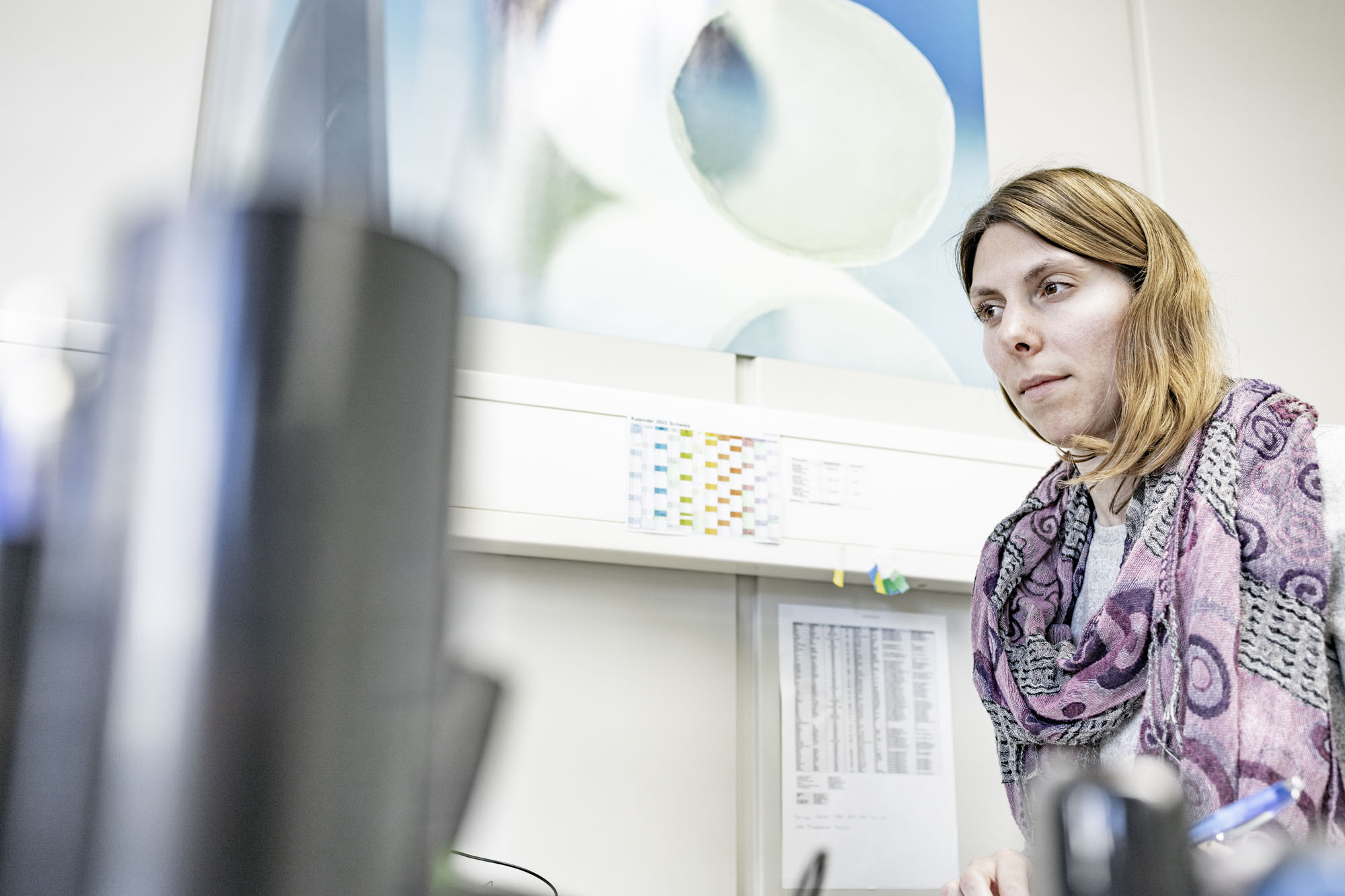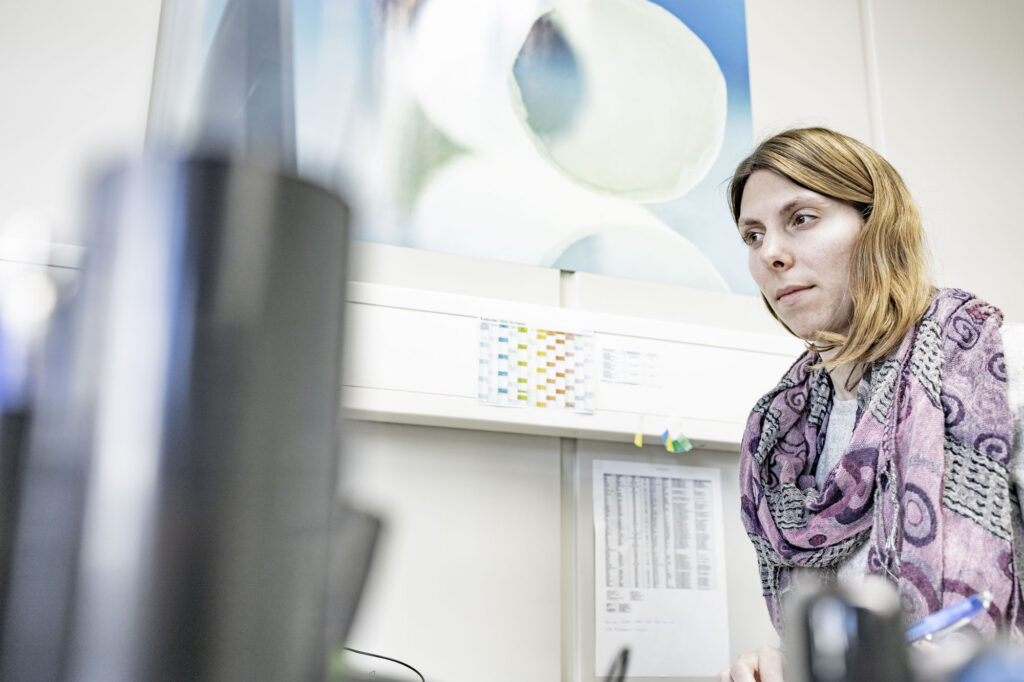After carefully removing the originally applied human donor cells the newly formed human extracellular matrix remains as a three-dimensional, porous, collagen-based structure – the implant, or LifeMatrix. This LifeMatrix is a product that can be stored on-site in the clinic and currently has a shelf life of at least six months, although three years is likely to be realistic in the foreseeable future.

LifeMatrix Technologies AG
Implants that grow and regenerate with the body
Cardiovascular disease remains the leading cause of death worldwide. To replace malformed or diseased cardiovascular tissue, millions of implants such as artificial blood vessels and heart valves are used every year. However, the materials currently used for implants lack the basic properties of human tissue. They can neither grow with the body nor regenerate. Often, the procedure leaves patients vulnerable to infection or thrombosis. And because the implants have a limited lifetime, they often need to be replaced over time.
Over years of research, LifeMatrix Technologies AG, a spin-off of the University of Zurich, has developed a unique biomimetic tissue technology platform to create implants that transform into living tissue. The tissue regenerates and can therefore also potentially grow with the patient.
A unique procedure
For the treatment of skin burns, a procedure has been used for around 25 years in which doctors remove cells from the affected patients and apply them to a carrier material. This creates a new, personalized skin that can eventually be implanted back into patients. The process developed by LifeMatrix Technologies is similar, but goes far beyond: for cardiovascular applications, the new tissue must be dynamic to support heartbeat and blood flow from the moment of implantation.
The Scientists at LifeMatrix Technologies have developed a platform that enables the production of biomimetic implants of any shape and size. Biodegradable polymer scaffolds serve as the starting material. These can be manufactured in any shape and size and provide geometric structure and mechanical stability to the implants. In a bioreactor system human donor cells are seeded onto the polymer scaffold; they then spread and interact with each other. Over the course of about 15 days, the cells build up a new human extracellular matrix of proteins and collagen structures.
After carefully removing the originally applied human donor cells the newly formed human extracellular matrix remains as a three-dimensional, porous, collagen-based structure – the implant, or LifeMatrix. This LifeMatrix is a product that can be stored on-site in the clinic and currently has a shelf life of at least six months, although three years is likely to be realistic in the foreseeable future.
The newly created, cell free tissue does not cause an immune reaction and can therefore be used in any patient – either surgically implanted or with minimally invasive procedures through the blood vessels using a catheter. After implantation, the blood flow and surrounding tissue ensure that the body’s own cells infiltrate and grow into porous structure of the implant. While being fully functional upon implantation, the LifeMatrix implant now continuously transforms into living tissue with the right amount of novel tissue created in the right place. The underlying polymer scaffold continues to provide support but is completely displaced after about one year. Thus, over time, the body replaces the LifeMatrix implant with new, living and healthy tissue that regenerates and grows with the patient. This is particularly important for children with congenital heart defects: a one-time procedure with a LifeMatrix implant can potentially provide a lifelong solution.
Upcoming clinical trial
After successful preclinical testing of the LifeMatrix implants in translational animal studies, a study with six to ten children is currently being prepared at the Children’s Hospital Zurich. This is where the potential of LifeMatrix blood vessels will be used for the first time.
LifeMatrix Technologies’ comprehensive bioengineering platform will enable the future production of biomimetic implants in a variety of cardiovascular indications, including heart valves, vascular grafts, pediatric shunts, and cardiac patches and closures. It has the potential to revolutionize the entire field of biomimetic implants.

